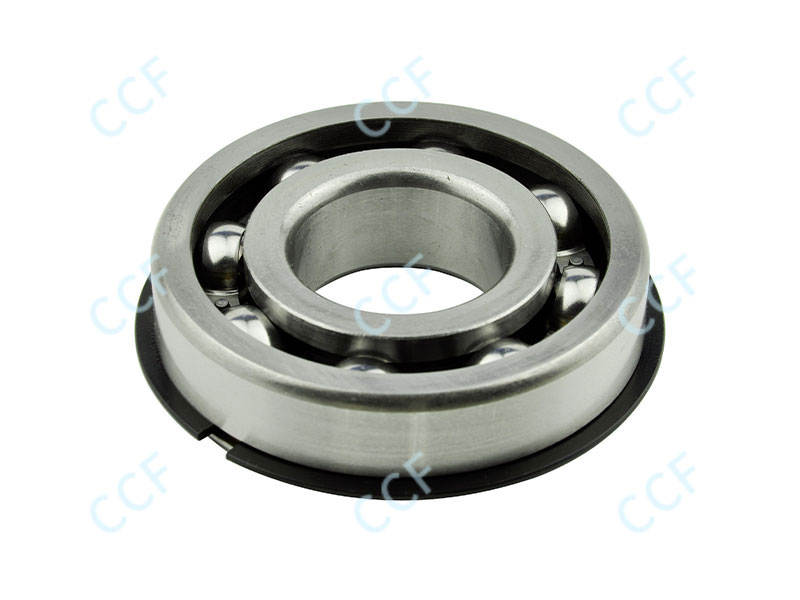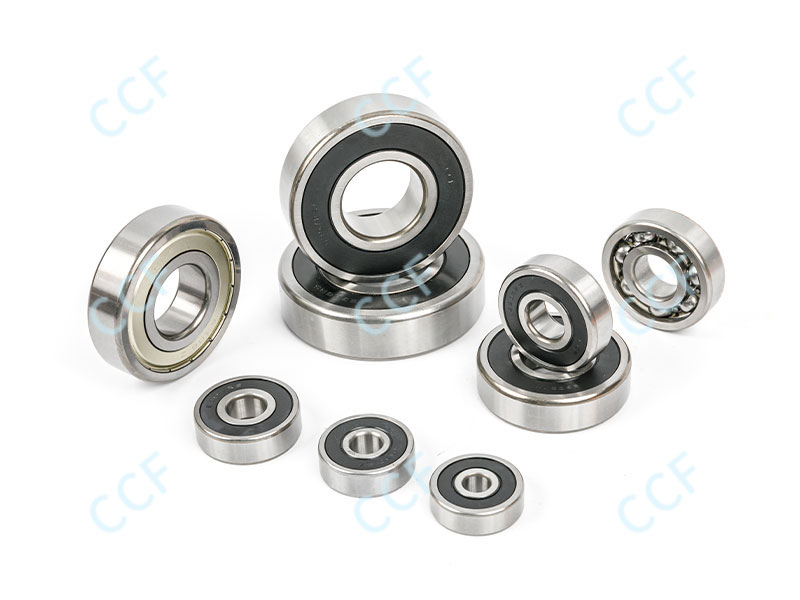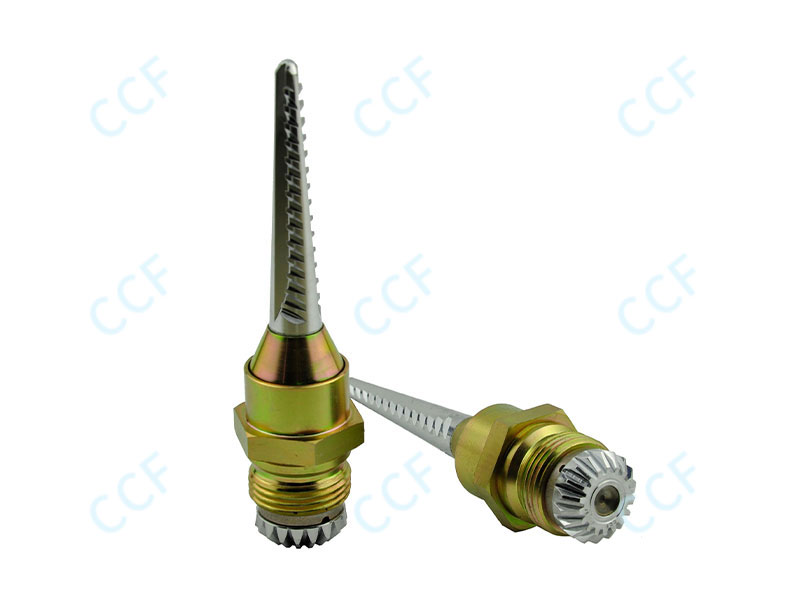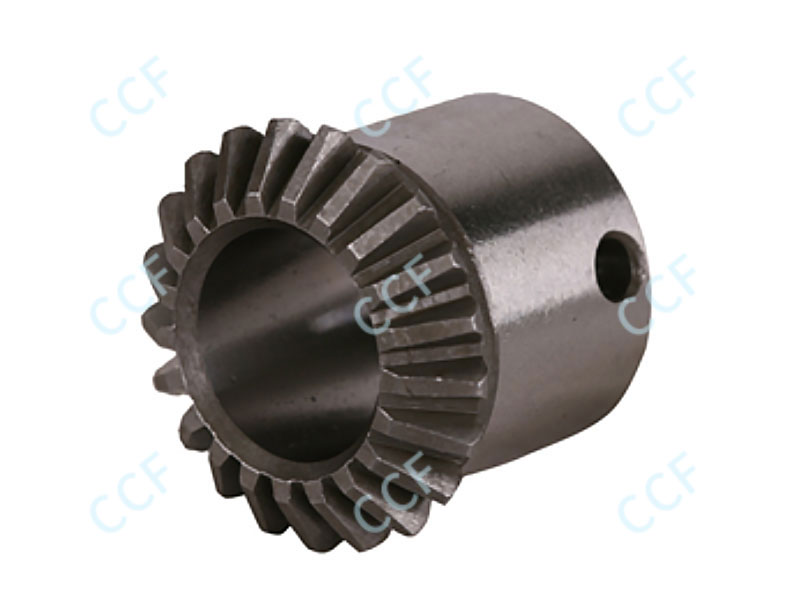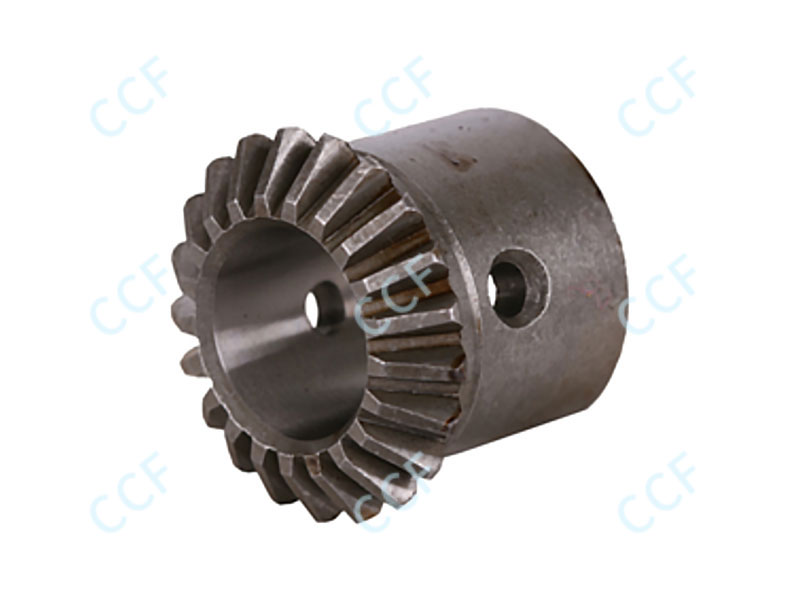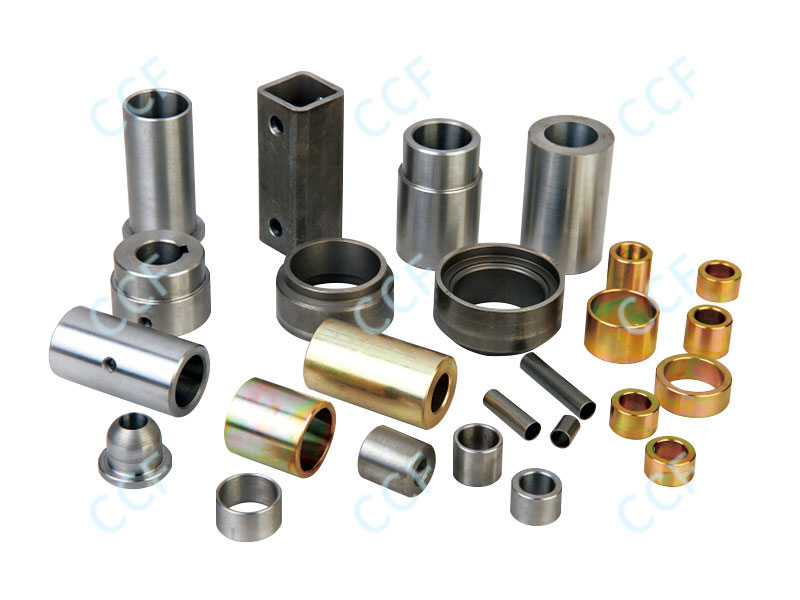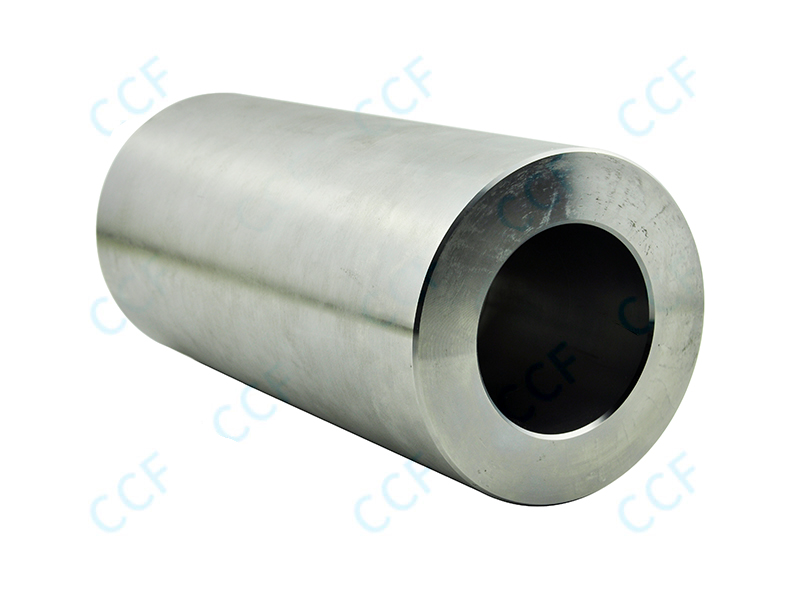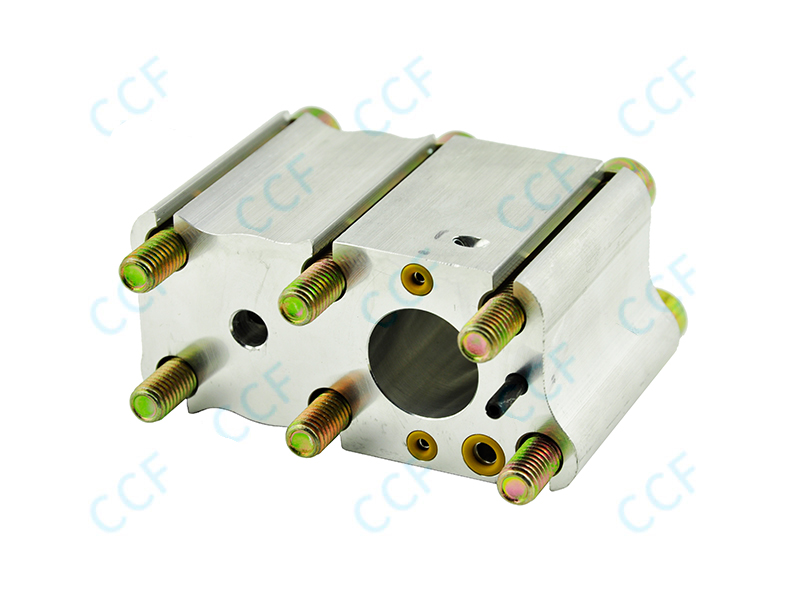Background of protection requirements for automotive ball bearings
As a complex mechanical system, the key components of automobiles need to work stably for a long time in a variety of complex environments. As an important component of the automobile that carries and rotates, ball bearings are often exposed to changing external environments, including rain erosion, dust ingress, and corrosive media such as salt spray. In order to ensure the performance and service life of the bearings, automotive ball bearings must have certain waterproof, dustproof and corrosion-resistant functions to cope with the challenges of various harsh working conditions. The quality of protection performance is directly related to the lubrication effect, wear degree and operating stability of the bearings, and is an important basis for ensuring the overall performance and safety of the automobile.
Design of waterproof function of automotive ball bearings
The waterproof function is mainly achieved through the sealing structure of the bearing. Common waterproof designs include rubber sealing rings and metal sealing covers. Due to its good elasticity, the rubber sealing ring can fit the rotating parts of the bearing tightly and effectively prevent water from penetrating. The metal sealing cover is suitable for some occasions that have higher requirements for high temperature resistance and high mechanical strength, while providing certain waterproof protection.
The waterproof design also needs to consider the aging resistance and temperature resistance of the sealing material to ensure that the sealing effect is not affected after long-term use. Reasonable sealing design can effectively prevent rainwater and water from entering the bearing during car washing, prevent grease from being diluted or lost, and thus maintain the lubrication state and mechanical properties of the bearing.

How to implement dustproof function
Dustproof design and waterproof structure are often combined, but the focus of dustproof is to prevent solid particles from entering the bearing. If solid particles such as sand, dust, and dirt enter the bearing, it may cause increased wear on the raceway and ball surface, affecting the rotation accuracy and life of the bearing.
In order to achieve effective dustproof, automotive ball bearings usually adopt a double-layer sealing structure, that is, an inner and outer two-layer sealing design to further enhance the dustproof effect. The design of the seal should take into account the dustproof effect and rotation resistance to avoid excessive friction caused by over-tightening of the seal. The choice of sealing ring material also affects the dustproof performance. Synthetic rubber materials with good elasticity not only have strong sealing properties, but also can resist the wear of particles and improve the overall protection performance of the bearing.
Corrosion resistance function and related material technology
Corrosion resistance is mainly related to bearing materials and surface treatment technology. The commonly used material for automotive ball bearings is high-carbon chromium bearing steel, which has certain corrosion resistance. However, in high humidity and high salt spray environments, standard bearing materials may be corroded, resulting in performance degradation.
To improve corrosion resistance, modern automotive ball bearings often use special surface treatment technologies, such as chrome plating, zinc plating, and nitriding, to form a protective layer to resist the erosion of corrosive media. Some high-end applications also use stainless steel materials or ceramic balls to improve the corrosion and wear resistance of bearings. Anti-corrosion agents are usually added to the formula of grease to further protect the metal surface, delay the corrosion process, and ensure the long-term stable operation of bearings in harsh environments.
Requirements for bearing protection performance in different application environments
The use environment of automotive bearings varies greatly, from urban roads to muddy and saline-alkali sections, as well as humid and rainy climate conditions, all of which put forward different requirements for the protection performance of bearings. For example:
In dusty environments on urban roads, dustproof function is particularly important;
In coastal areas or salt-sprinkling sections in winter, corrosion resistance is the key;
Waterproof sealing design is indispensable on rainy days or during car washing.
Reasonable matching of bearing protection design and specific use environment will help improve the overall reliability and maintenance cycle of the car and reduce maintenance costs.
Bearing protection performance testing and maintenance recommendations
To ensure the long-term effectiveness of the bearing's waterproof, dustproof and corrosion-resistant functions, relevant testing and maintenance are required during the production and use stages. Common testing methods include sealing tests, salt spray corrosion tests, and operating vibration and noise tests.
In terms of maintenance, regular inspection of the seal ring status, timely replacement of aging seals, and reasonable replenishment of grease are the key to maintaining the bearing's protection performance. At the same time, high-pressure water guns should be avoided from directly spraying the sealing surface to reduce the risk of water ingress.
Typical automotive ball bearing protection performance comparison table
| Bearing Type | Water Resistance | Dust Resistance | Corrosion Resistance | Typical Sealing Structure |
|---|---|---|---|---|
| Open Bearing | None | None | General | No Seal |
| Rubber Sealed Bearing | Good | Good | Moderate | Single Rubber Seal |
| Metal Sealed Bearing | Fair | Fair | Fair | Metal Shield |
| Double Sealed Bearing | Fair | Better | Better | Double Rubber Seal (Inner and Outer Seals) |
| Special Corrosion Resistant Bearing | Fair | Good | Fair | Surface Coating or Stainless Steel |
